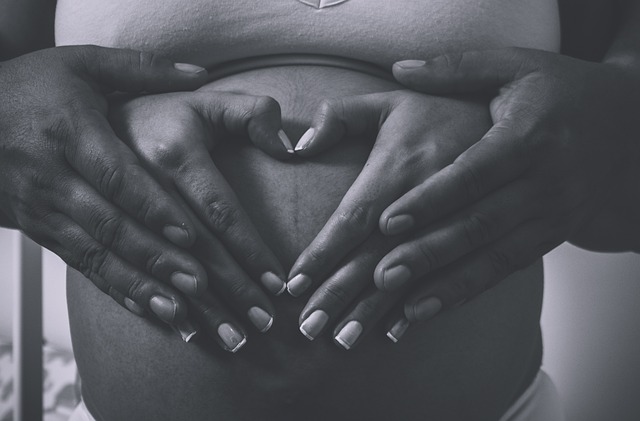The second stage of labor is a pivotal moment, marking the time when your baby descends through the birth canal. This stage starts once the cervix is fully dilated and concludes with the arrival of your little one. During this period, strong contractions help push the baby downward, and you may experience intense pressure, akin to the urge to have a bowel movement.
Pushing: What to Expect
Your healthcare provider will likely guide you to push with each contraction. Although contractions will remain powerful, you might find they become slightly less frequent, allowing you brief moments of rest. The duration of this stage can vary significantly, influenced by whether you’ve given birth before, the baby’s position and size, and other factors.
As you transition into this pushing phase, you may feel irritable during contractions, fluctuating between wanting assistance and craving solitude. Many women instinctively grunt or moan when contractions peak.
Pushing Phase Overview:
- The second stage can range from 20 minutes to 2 hours.
- Contractions typically last 45-90 seconds and occur every 3-5 minutes.
- A strong urge to push will arise.
- You may feel intense pressure in the rectal area.
- Minor bowel or urination accidents can occur.
- Your baby’s head will eventually crown, leading to a burning sensation.
Tips for Effective Pushing:
- Position yourself to utilize gravity effectively.
- Push in sync with your urges.
- Relax your pelvic floor and anal area (Kegel exercises can be helpful).
- Take breaks between contractions to regain strength.
- Consider using a mirror to see your progress, as this can be encouraging.
- Focus all your energy on pushing, and don’t be discouraged if your baby’s head emerges and then slips back; this is part of the process.
Supporting the Laboring Person
If you are there to support someone in labor, your role is crucial. Help her relax and make her as comfortable as possible. Offering ice chips or physical support in her position can be beneficial. Keep the encouragement flowing; remind her of how well she is doing. Be prepared for emotional outbursts—it’s completely normal.
What About Your Baby?
As you experience labor, your baby is also making strides towards entering the world. Here’s what happens:
- The baby’s head will turn to one side, with the chin resting on the chest to facilitate a smoother passage.
- Once fully dilated, the head leads the way, turning to face your back as it descends.
- The head will begin to crown, and once it’s out, the head and shoulders will turn to the side, allowing the baby to slip free.
Delivery: What to Anticipate
After spending nine months in a warm sac of amniotic fluid, your baby will need to be dried off and kept warm upon delivery. If there’s excess mucus, your healthcare provider may suction the mouth and nasal passages. Ideally, your baby will be placed on your bare belly, promoting skin-to-skin contact, which helps keep them warm and allows you to bond immediately.
Your caregiver will clamp the umbilical cord in two places and cut between the clamps, or your partner may have the option to do this. After navigating the tight birth canal, your baby may exhibit some typical characteristics, such as a cone-shaped head, a coating of vernix, and puffy eyes.
As you hold your newborn for the first time, a wave of emotions may wash over you—joy, disbelief, pride, and relief all at once. Despite feeling exhausted, you may also experience an exhilarating surge of energy, eclipsing any thoughts of sleep.
For more insightful information on navigating this journey, you can check out resources like Modern Family Blog and Women’s Health for valuable insights into pregnancy and home insemination. If you’re considering extra support during this phase, you might want to explore the benefits of hiring a doula, as discussed in our blog post on 5 Compelling Reasons to Consider Hiring a Doula.
In addition, if you’re seeking assistance in conception, services like Vegas Pregnancy offer free sperm donor matching, while Make A Mom provides a reusable option for home insemination. You can also discover more about the process by visiting Make A Mom’s How It Works page.
Summary
The second stage of labor is a transformative experience as you prepare to meet your baby. Understanding what to expect during pushing, how to support your partner, and what happens to your baby during this process can help ease anxiety and foster a positive birthing experience.
